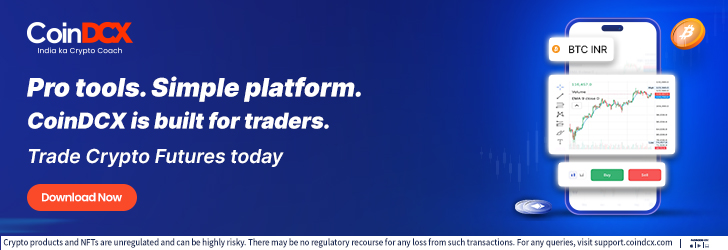For traders and investors, commodity trading has always been a desirable field with the possibility of large gains. To succeed in this market, nevertheless, one must comprehend the variables that affect commodity prices. Understanding these important factors can significantly impact your trading approach, regardless of whether you’re trading agricultural products, gold, or oil on a commodities trading platform.
Commodity Prices in Flux: Why Do They Change?
Commodity prices are notorious for their volatility, and this volatility is often driven by a combination of supply and demand dynamics, global events, and economic factors:
1. Supply and Demand Shifts:
Explanation: Commodity prices are highly sensitive to changes in supply and demand. When demand for a commodity outstrips its supply, prices tend to rise. Conversely, if supply exceeds demand, prices are likely to fall.
Example: Consider the oil market. Supply disruptions, such as geopolitical tensions or natural disasters in major oil-producing regions, can reduce the global oil supply, causing prices to surge. Alternatively, a decrease in demand, like during economic downturns, can lead to price drops.
2. Geopolitical Events:
Explanation: Commodity prices are very susceptible to the effects of geopolitical events, including trade disputes, sanctions, and conflicts. These occurrences may cause supply chain disruptions, which could affect prices.
Example: Sanctions imposed on a significant oil-producing nation may restrict its exporting capacity, hence lowering global oil supplies and driving up oil prices.
3. Global Economic Conditions:
Explanation: The price of commodities is directly impacted by the status of the world economy. The demand for commodities can be impacted by economic expansion or contraction.
Example: Industrial commodities like copper may see increasing demand for their use in manufacturing and building during an economic expansion, which would raise prices.
4. Currency Exchange Rates:
Explanation: Prices of commodities can be impacted by currency exchange rates, particularly those that are traded globally. Commodity prices may rise as a result of a declining home currency.
Example: If the U.S. dollar weakens, it often leads to higher prices for commodities like gold, which are priced in dollars. Investors turn to gold as a hedge against currency devaluation.
5. Weather and Natural Disasters:
Explanation: Natural disasters and bad weather might impede the transportation and manufacturing of agricultural goods, which will reduce the available supply.
Example: Grain shortages, such as those caused by a severe drought, can drive up the price of grains like corn and wheat by reducing crop output.
Navigating Commodity Price Fluctuations
Using techniques that take commodity price changes into account is crucial for traders operating on commodity trading platforms:
Stay Informed: To predict future price swings, stay up to date on economic reports, geopolitical developments, and world news.
Diversify Your Portfolio: Risk can be reduced by diversification. Commodity price fluctuations can be mitigated by investing in a variety of commodities.
Risk Management: Use risk-reward ratios and stop-loss orders, among other risk-management strategies, in your trading.
Use Technical Analysis: Utilise technical analysis methods to spot possible commodity market turning points and price patterns.
Long-Term vs. Short-Term: Determine whether you’re a long-term investor or a short-term trader. Different strategies are suited to each approach.
In conclusion, it is critical for traders on commodity trading platforms to comprehend the variables that affect commodity pricing. The dynamics of supply and demand, world events, economic conditions, exchange rates, and natural occurrences all have an impact on commodity prices. Traders can successfully navigate these swings and make wise judgments that can lead to success in the fascinating world of commodity trading by remaining informed and putting smart trading techniques into practice.






